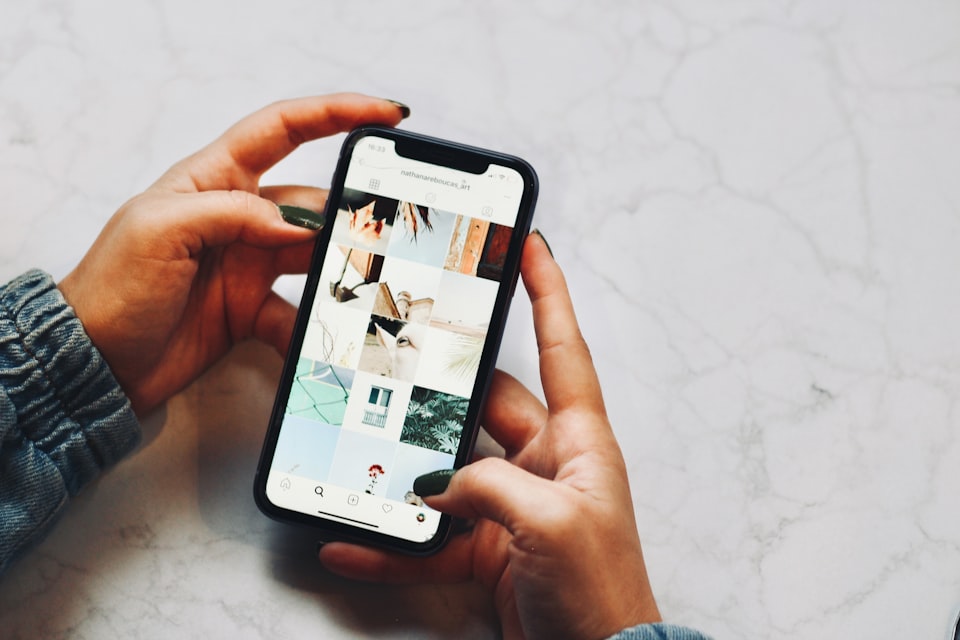Phone prices rise as users move upmarket

People are paying more for phones. After years of falling prices, market research firm GfK reports the average price of a phone climbed seven per cent in the last year. The number of phones sold worldwide climbed three per cent during the year. Sales fell in North America and Western Europe.
GfK works with actual sales data rather than the shipments preferred by some analysts. This means the information is a more accurate reflection of consumer behaviour.
The clear pattern is that phone makers have switched focus towards more expensive premium smartphone models. Apple, Samsung and, most of all, Huawei all moved their customers upmarket. GfK says the premium features have become more important to customers.
What phone buyers want
They now look for: “water and dust protection, battery power and memory, high-resolution sound, camera and video capabilities, bezel-less design and even biometric sensors”.
Rising handset prices run counter to conventional technology hardware wisdom. The usual pattern is for prices to fall over time as manufacturers improve processes and wring out economies of scale. This is accelerated by new market entrants undercutting existing players.
The phone market has been running on a different track ever since Apple introduced the first iPhone a decade ago. For most of that time Apple has made almost all the industry’s profit despite having only a minority market share.
Aggressive phone prices
To a degree Apple’s rivals bought market share with aggressive discounting. That made sense to them during the growth years as people around the world bought their first smartphones.
It meant the phone business went through the usual economic cycle much faster than earlier technology waves. While it was always a competitive business, there were far few players than in, say, personal computer hardware.
There have been casualties along the way. Blackberry, Nokia and HTC were all roadkill on the route to today’s market.
Chasing margins
Now the phone makers, especially the Android phone makers, have turned their focus to margins and profitability. Hence the price rises. Apple pushed the bar higher again with its iPhone X which costs more than NZ$2000. Huawei has an even pricier phone.
Huawei is knocking on the door of Apple and Samsung. It aims to be the first Chinese company to be a global technology quality brand.
There’s still a way to go. The company’s products are excellent quality and contain as much innovation as brands like Samsung. Unlike Samsung, Huawei is on the whole more inclined to invest in engineering than in marketing budgets. That said, the company uses Scarlett Johansson in its advertising to great effect.
Huawei also teams with prestige brands. Its high-end phones use Leica camera lenses and its most expensive models have blingy Porsche designs.
Despite the company’s engineering prowess, Huawei has yet to master the art of looking after a customer after the sale. The biggest complaint you hear is that phone software is rarely, if ever, updated. That may be an issue that only concerns a certain market segment. Ironically, it is the market segment most likely to be drawn to advanced engineering.
Artificial intelligence
Huawei’s latest phone, the Mate 10, includes the kind of artificial intelligence features found in Apple and Samsung models. It’s ability to translate written languages feels almost like magic, or perhaps something from science fiction. In a similar vein, the phones take screenshots when you knock on the display with your knuckle.
For now, the sector’s move upmarket has created opportunities for mid-tier phone makers like Oppo. It’s another Chinese brand. Oppo sells an Android phone with about 90 per cent of premium phone functionality for about 50 per cent of the price.
Although Huawei would love to be seen as a serious rival to Apple, in truth the two address two quite different audiences. Few Apple iPhone owners would jump ship for a Mate 10. That’s not the case with Samsung customer, the two brands both use the same basic Android software and switching is relatively painless.
Member discussion